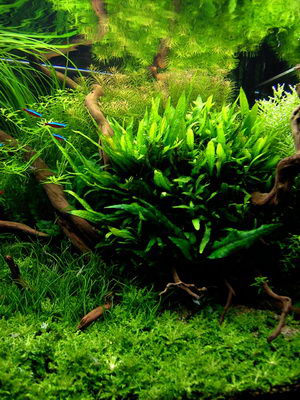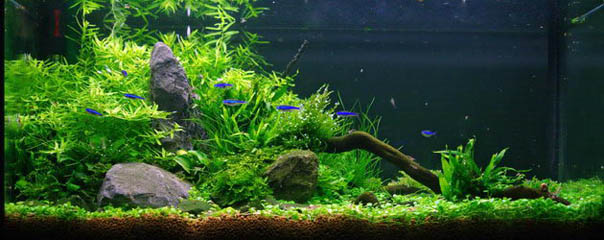Mobile and Immobile Nutrients
The terms "Mobile and immobile nutrients" refer to the transportability of these substances within the plant. This classification is primarily oriented on terrestrial plants - in aquatic plants the transportability may be somewhat different for some substances, as these plants? entire tissues are submerged in the nutrient solution. All in all, however, a classification is possible anyway that can give clues as to the deficient nutrient. Mobile nutrients are nitrogen in the form of nitrate, phosphorus (P) in the form of phosphate, potassium (K), magnesium (Mg), chlorine (Cl), zinc (Zn) and molybdene (Mo). Calcium (Ca), sulfur (S), iron (Fe), boron (B) and copper (Cu) are immobile.

If there is a deficiency of mobile nutrients, the symptoms are first seen in the older leaves, as the nutrients are transported to new growth from there. Deficiencies of immobile nutrients first appear in the new growth as the plant was unable to take up sufficient amounts to transport them to the new shoots.
Mobilty or immobility is always relative, plants can transport immobile nutrients to other areas by making use of chelators. Moreover, aquatic plants can absorb immobile nutrients with their foliage, i.e. directly where they are needed. A deficit of these nutrients in terrestrial plants can be amended by foliar fertilization.
